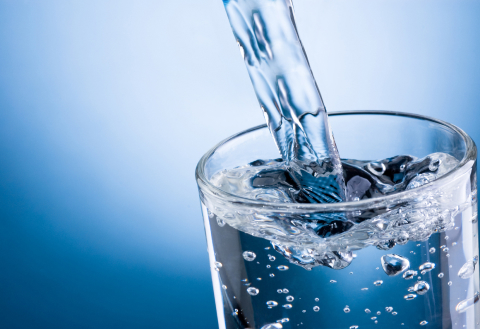Drinking Water Purification

Why do we need to purify drinking water?
Drinking water comes from rain, wells, canals, rivers and lakes.
As the water flows through rivers, it collects many contaminants along the way. Incompletely treated sewage flows into rivers. All types of rubbish flows into drinking water. Rain water flows into rivers and lakes, bringing even more pollutants. Rain water finds its way into bore wells through cracks in rocks.
As a result, many types of bacteria, viruses, protozoa and other microbes pollute the water. Drinking polluted water causes many outbreaks of diseases like cholera, dysentery, polio, hepatitis and more. Drinking water pollution is the most common way for spread of contagious diseases.
Therefore, we must reliably disinfect water before using it for drinking or cooking.
Doesn’t filtering purify water?
Drinking water contains many types of pollutants. So, purification requires different processes.
Filtering water is the most basic and first step. A good water filter removes suspended particles. However, it doesn’t protect us from microbes like bacteria, viruses. This is because the microbes are much smaller than the pores of most filters. As a result, the microbes easily flow through the filter.
To make things worse, a common filter traps some microbes. The microbes then colonize the filter and start growing on the filter itself. The water flowing through the filter brings more food for the microbes.This is how slimy biofilm grows on water filters.
Some microbes escape with the filtered water into our drinking water.
How to protect drinking water from microorganisms?
We will look at this in another blog post shortly. Until then, if you have any questions, please feel free to contact us for more information.
